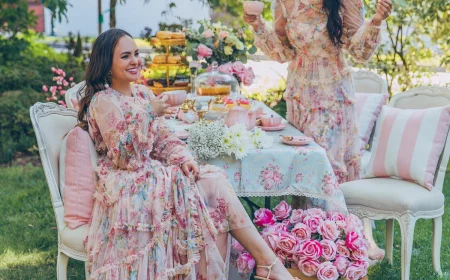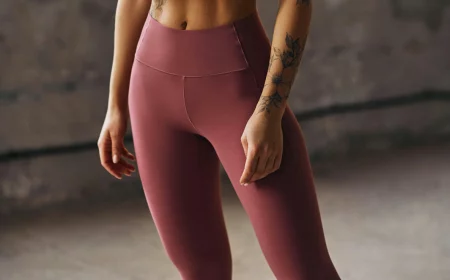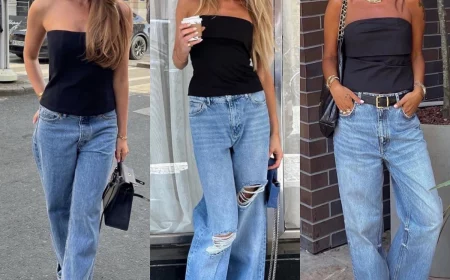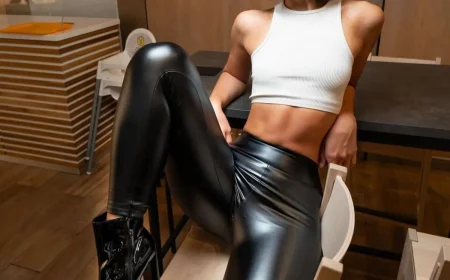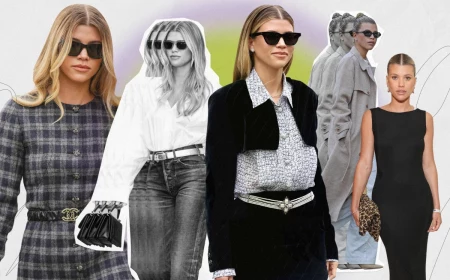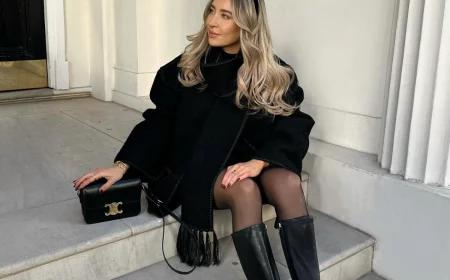Stop Wasting Money on Clothes: A Pro’s Guide to Building a Wardrobe That Actually Lasts
I’ve spent what feels like a lifetime in the clothing world, from digging through bolts of fabric in dusty mills to walking factory floors where thousands of garments are born every day. I’ve seen trends you wouldn’t believe come and go. But the things that make clothes feel incredible, last for ages, and show off who you really are? Those principles never change.
In this article
So many people, especially when they’re starting out, ask me how to find their personal style. But the real question underneath is always, “How do I use my clothes to feel more like myself?”
Let’s be honest, this isn’t about copying an outfit you saw on social media. This is about building a solid foundation. It’s about truly understanding the materials and the seams of the clothes you put on your body. When you get the ‘why’ behind a piece of clothing, you can start making choices that are smart, sustainable, and 100% you. My goal here is to give you that practical, hands-on knowledge—the stuff you learn from touching thousands of fabrics or seeing how a good seam holds up after years of washing.
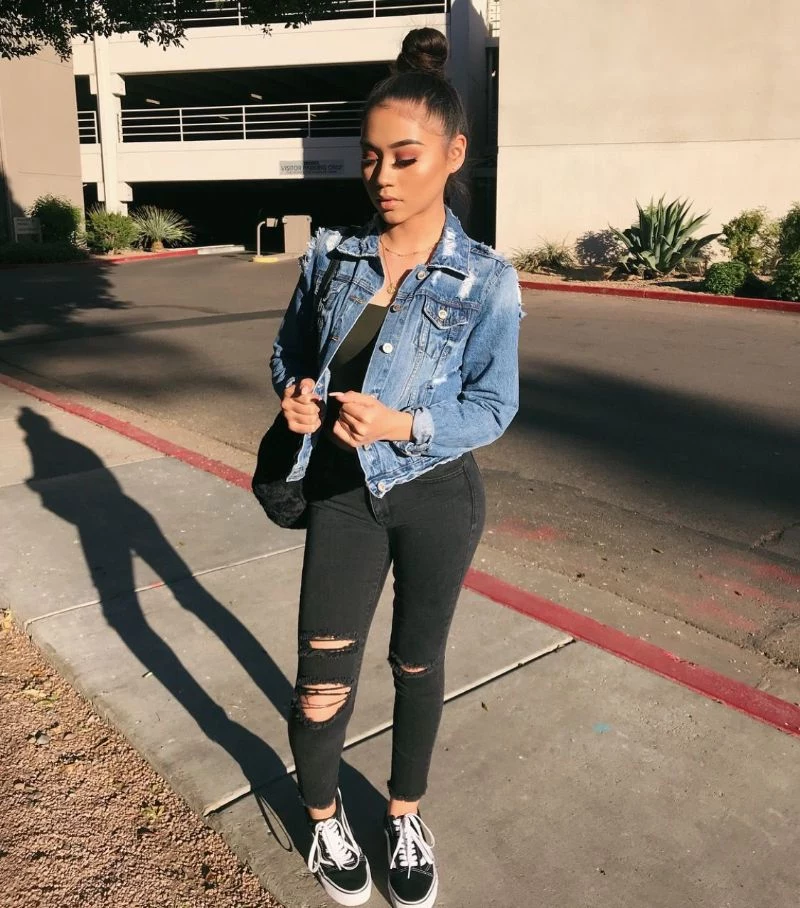
1. First Things First: Learn the Language of Fabric
Before you build anything, you need to know your materials. In clothing, that’s fabric. The way a shirt hangs, how a pair of pants feels after a long day, and whether it falls apart in a year—it all starts with the fibers. Choosing the right fabric is step one. Most people just see a color or a cool design, but the pros? We always, always flip to that little content tag first. That tag tells the garment’s real story.
Natural Fibers: The Bedrock of Comfort
These are the classics, the materials that come from plants and animals. There’s a reason they’ve been our go-to for centuries: they breathe, handle moisture like a champ, and just feel better on your skin.
- Cotton: This is the undisputed champion of the clothing world. It’s breathable, soft, and pretty durable. But here’s the deal: not all cotton is created equal. For t-shirts and dress shirts, keep an eye out for long-staple varieties like Pima or Supima cotton. The longer fibers create a silkier, stronger thread that won’t pill up into those annoying little balls. For sweatshirts, you’ll see cotton as either French terry (with little loops on the inside that are great for moisture) or fleece (which is brushed to be fuzzy and trap more warm air).
- Linen: Made from the flax plant, linen is like a personal air conditioner. Its open weave is a lifesaver in hot, sticky weather. Yes, it wrinkles if you so much as look at it, but that’s part of its charm, honestly. A brand-new linen shirt might feel a bit stiff, but it gets unbelievably soft with every wash. I’ve seen old linen shirts that were softer than silk. Quick care tip: Machine wash cold and hang it up to dry. Don’t fear the wrinkles—embrace them!
- Wool: Wool gets a bad rap for being itchy, but that’s old news. Modern wool, especially Merino wool, is incredibly fine and soft, perfect for wearing right against your skin. It’s a performance powerhouse; it can absorb a ton of moisture before it even feels damp, and it’s a natural insulator. Plus, it’s naturally odor-resistant. A good wool sweater is an investment piece that will last a decade if you treat it right. Heads up on care: Hand wash cold with a specific wool detergent or use the wool cycle on your machine. ALWAYS lay it flat to dry. Hanging a wet wool sweater will stretch it into a dress.
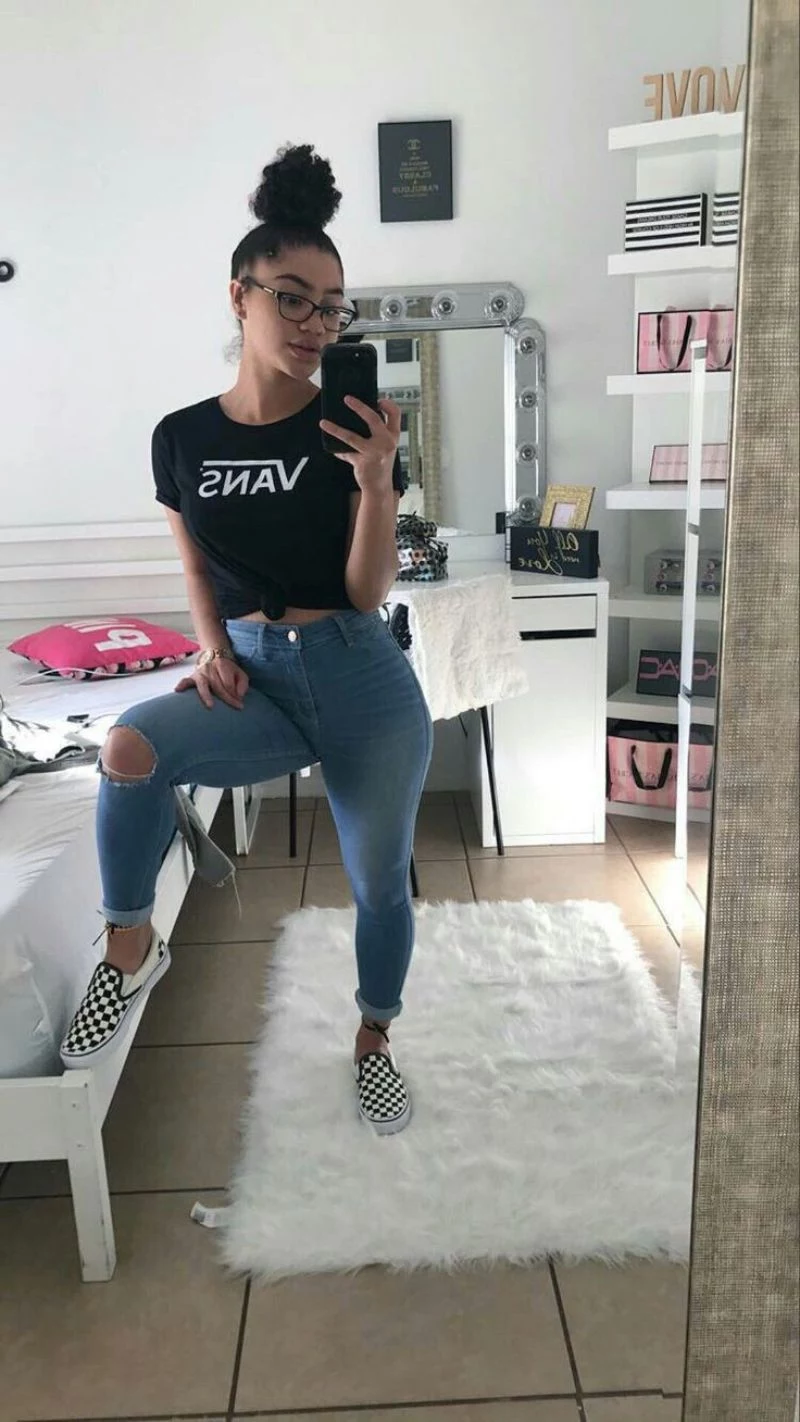
Synthetic Fibers: The Performance Boosters
These are the lab-created fibers, engineered for specific jobs. They’re often mixed with natural fibers to add stretch, durability, or weather-resistance.
- Polyester: This stuff is tough, doesn’t wrinkle, and holds color forever. The downside? It doesn’t breathe. At all. That’s why it’s great for outerwear or athletic gear designed to wick sweat away, but a 100% polyester shirt for a normal day? You’re going to feel clammy and uncomfortable. That’s a common mistake—seeing a cool shirt and not checking the tag.
- Nylon: Think of nylon as polyester’s stronger, stretchier cousin. It was first developed as a silk replacement, and you’ll find it in things that need to be durable, like jackets, backpacks, and even blended into denim to add some toughness.
- Spandex (also called Lycra or Elastane): This is all about stretch. You only need a tiny bit, usually 1-5%, blended into cotton to give jeans or a t-shirt that comfortable freedom of movement and shape retention. Anything more than that and the fabric starts to feel plasticky and lose its breathability.
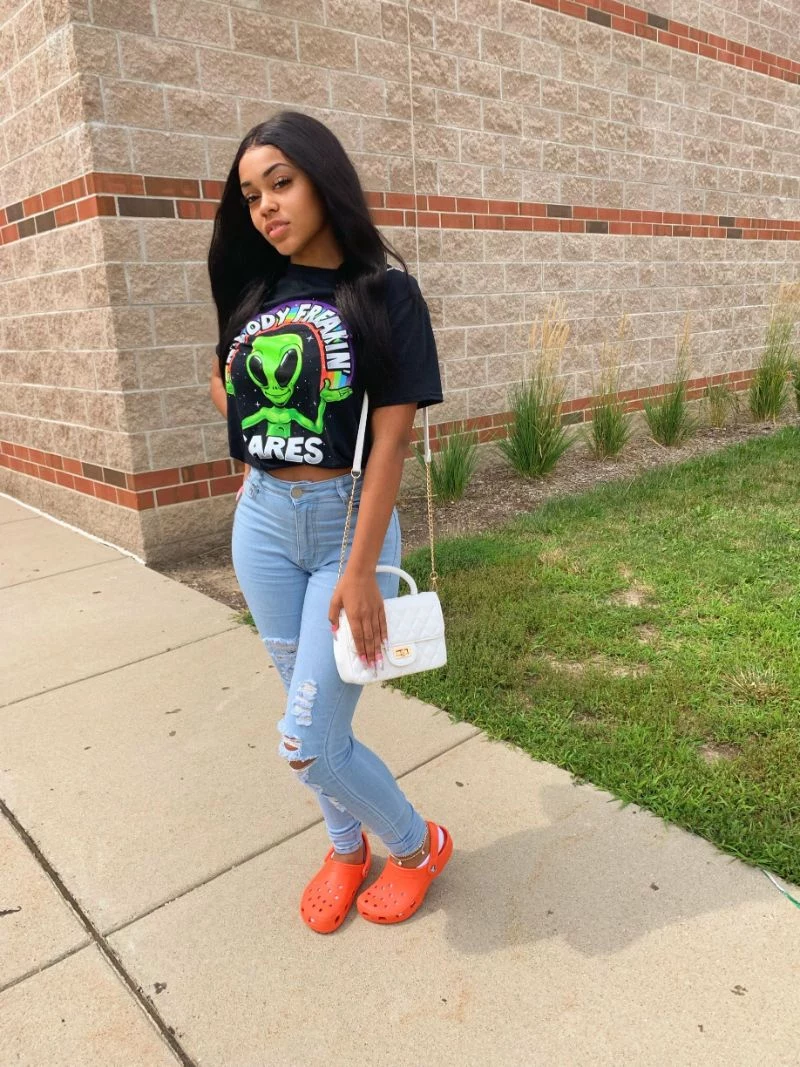
Weave vs. Knit: It’s All in the Structure
Okay, so you have your fibers. How they’re put together is just as crucial. Think of it this way: a woven fabric is like a tiny, tight basket weave. Threads crisscross at right angles, creating a stable, sturdy structure. Your jeans, button-up shirts, and jackets are typically woven. They don’t have much natural stretch.
A knit fabric, on the other hand, is like a hand-knitted sweater. It’s made from one long, continuous yarn looped together. This creates a flexible, stretchy fabric that moves with you. T-shirts, sweatshirts, and leggings are almost always knits. So even if a button-up and a t-shirt are both 100% cotton, one feels crisp and structured (the weave) while the other feels soft and stretchy (the knit).
2. Fit and Finish: The Details That Scream Quality
I’ll say it louder for the people in the back: a $50 garment that fits perfectly will always look better than a $500 one that fits poorly. Fit is everything. It shows that you care.
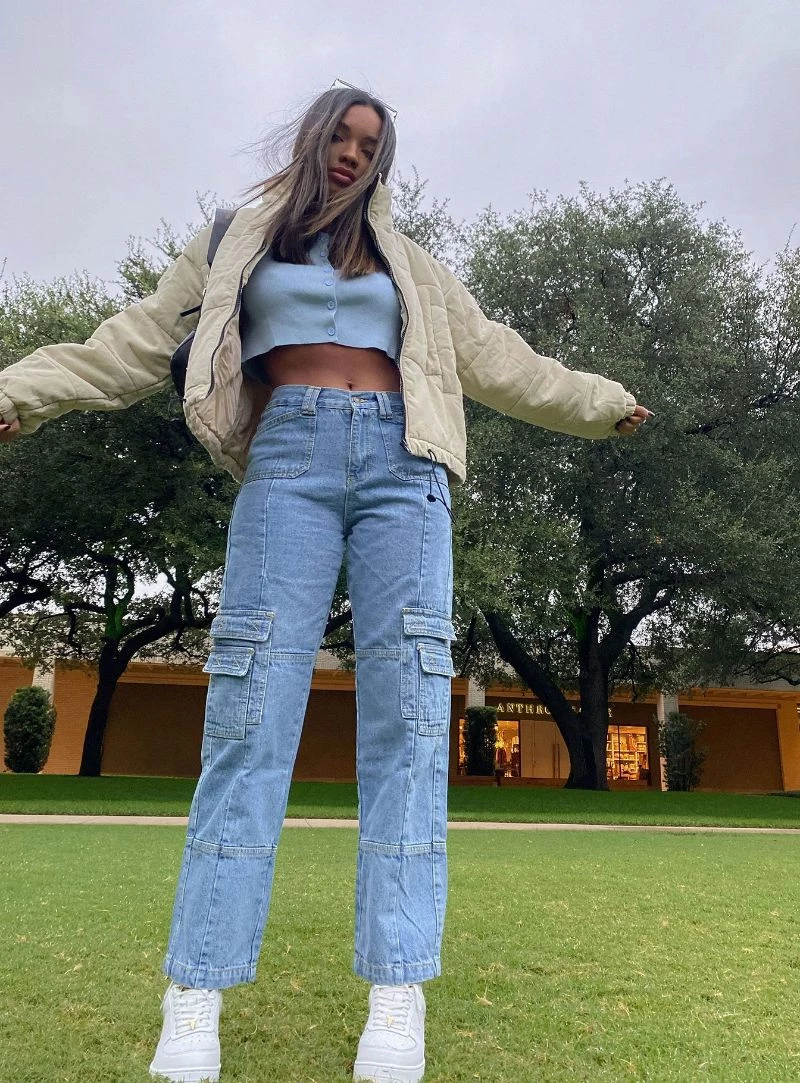
Get Your Numbers Straight
You can’t trust generic sizes like “Small” or “Medium”—they’re all over the place from brand to brand. Knowing your measurements is a superpower, especially online. Quick challenge: Pause right now, find a soft measuring tape (or a phone cord and a ruler), and measure yourself. Seriously, do it.
- Chest: Around the fullest part of your chest, right under your arms. Keep the tape level.
- Natural Waist: Around the narrowest part of your torso, usually an inch or so above your belly button.
- Hips: The fullest part of your hips and butt.
- Inseam: This one is easiest to measure on a pair of pants you already own that fit well. Lay them flat and measure from the crotch seam straight down to the bottom of the hem.
Put these numbers in the notes app on your phone. It’s a two-minute task that will save you so much guesswork and return shipping fees.
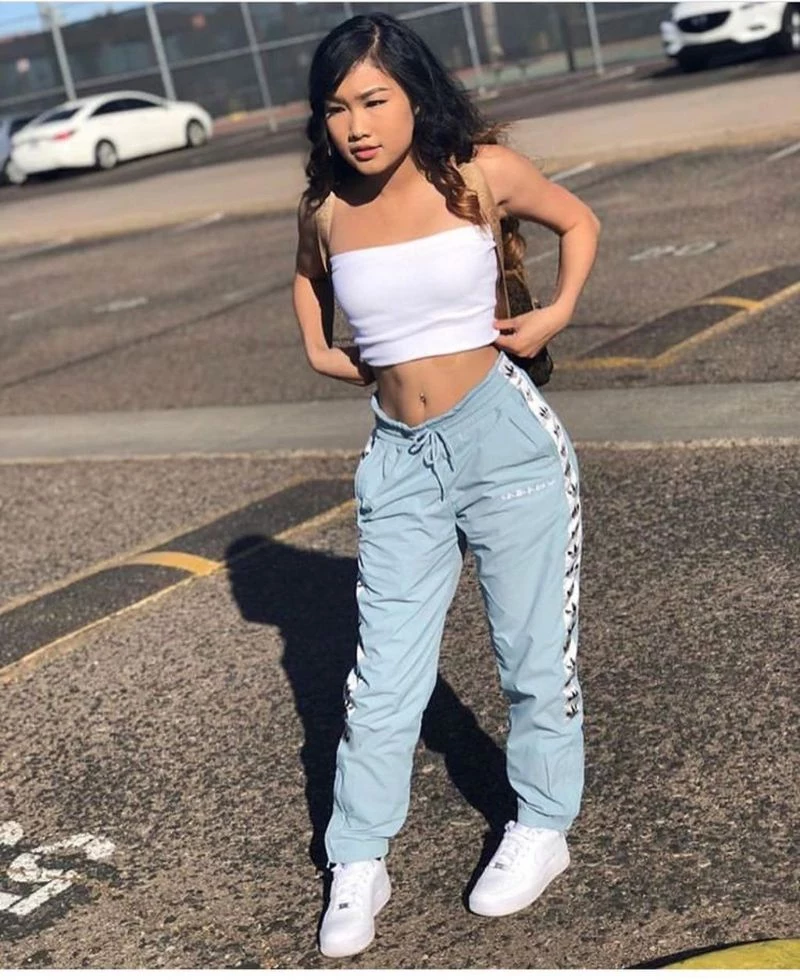
The Anatomy of a Well-Made Garment
When I’m in a store, I’m not just looking, I’m inspecting. Here’s what the pros look for:
- Stitching: Are the stitches small, straight, and tight? More stitches per inch equals a stronger seam. Gently stretch the hem of a t-shirt. If you hear threads popping, the quality is low.
- Seams: On jeans, look for a flat-felled seam on the inseam (it looks like a clean, double-stitched, folded-over seam). It’s incredibly durable. The alternative is a simple overlocked seam, which is a tell-tale sign of cheaper construction.
- Hardware: Check the zipper. Is it a YKK? That’s a good sign; it means the maker didn’t cheap out on the most important functional part. Feel the buttons. Are they flimsy plastic or solid and substantial?
- Pattern Matching: On a plaid shirt, does the pattern line up where the front panels meet, or at the pocket? Matching patterns wastes fabric, so it’s a step that cheaper brands skip. It’s a huge indicator of real craftsmanship.
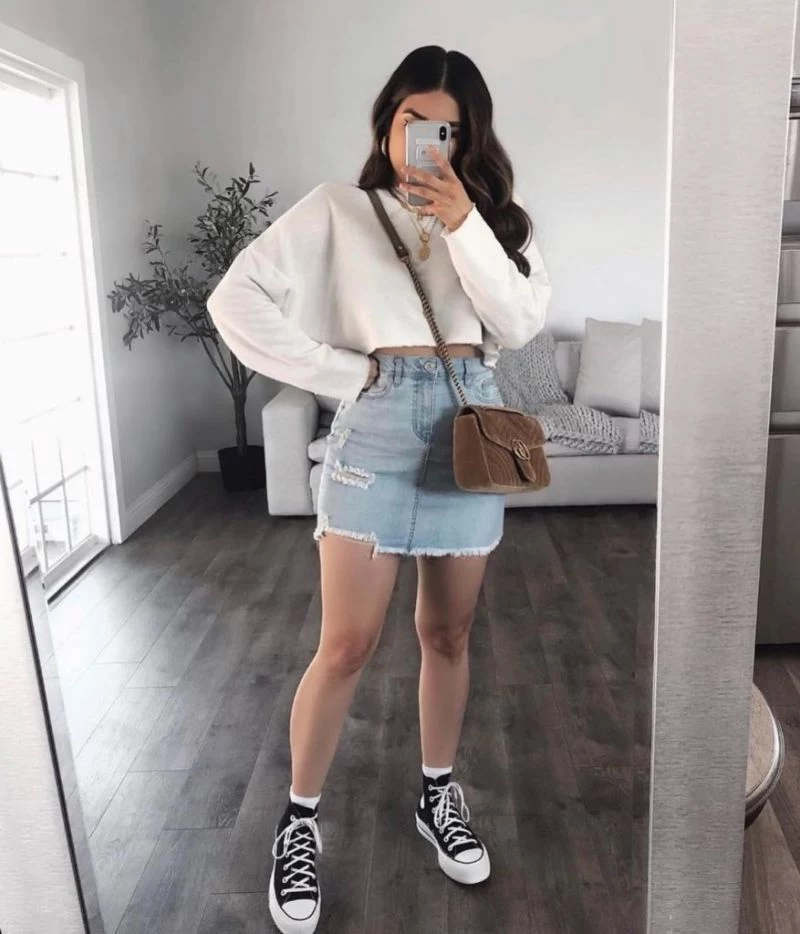
3. Your Core Wardrobe: The 5 Pieces to Build Around
Alright, let’s get to the good stuff. We’re going to build a small, versatile collection of basics. These are the pieces you invest in. You can always sprinkle in cheaper, trendier items later, but this is your foundation.
Piece 1: The Reliable Denim Jean
A great pair of jeans is a workhorse. For your foundational pair, skip the crazy rips and trendy washes. A classic straight or slim-straight cut in a dark or medium wash will never go out of style.
- What to look for: Find a pair that’s 98-99% cotton and 1-2% elastane. That’s the sweet spot for comfort without them stretching out and getting baggy after two hours. For a solid starting point, you can’t go wrong with a pair of Levi’s for around $70-$100. If you have more to spend and want something that will age beautifully, look at brands like Nudie Jeans or A.P.C. for around $180-$250. Yes, it’s an investment, but a good pair can last a decade.
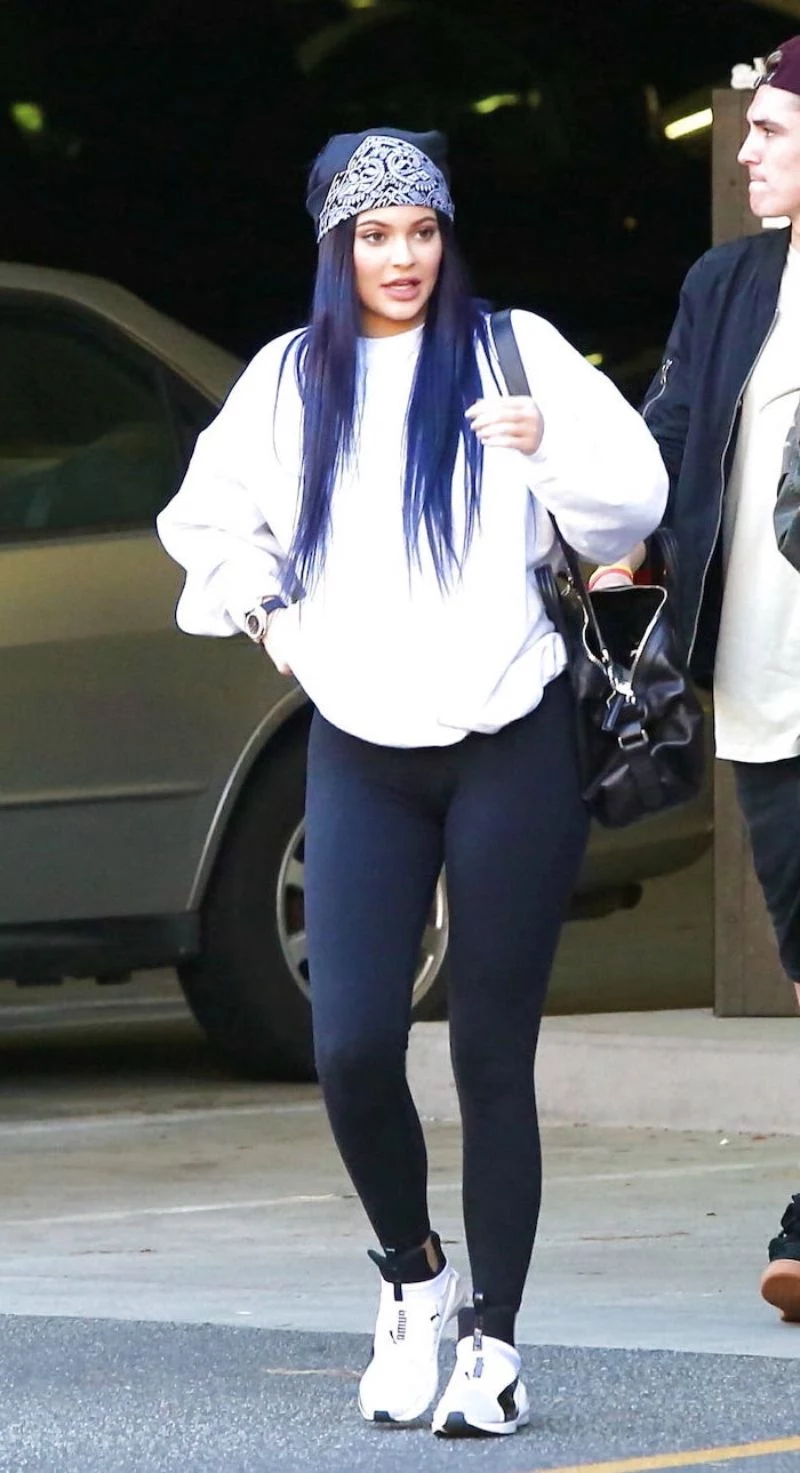
Piece 2: The Quality T-Shirt
Everyone owns t-shirts, but few own a great one. The difference is massive.
- What to look for: The goal is 100% long-staple cotton (Supima or Pima). It should feel smooth and substantial, not thin. The most important detail? The collar. It should be made of a sturdy rib-knit that lies flat. You know when a collar gets wavy and stretched-out, looking like a sad piece of bacon? That’s what we’re avoiding. You can find solid options for $30-$40, but a truly fantastic tee from a specialty basics brand might run you $50-$75. It’s worth it.
Piece 3: The Go-To Sweater
A versatile, high-quality sweater is one of the most useful items you can own. It can be dressed up over a collared shirt or thrown on with jeans.
- What to look for: Merino wool is the undisputed king here. It’s warm but not bulky, soft, and breathable. A classic crewneck or V-neck in a neutral color like gray, navy, or oatmeal is a perfect choice. For a budget-friendly but surprisingly good option, Uniqlo often has 100% merino sweaters for around $50-$60. For a step up in quality and fit, check out places like J.Crew or Everlane, where you might spend $90-$150.
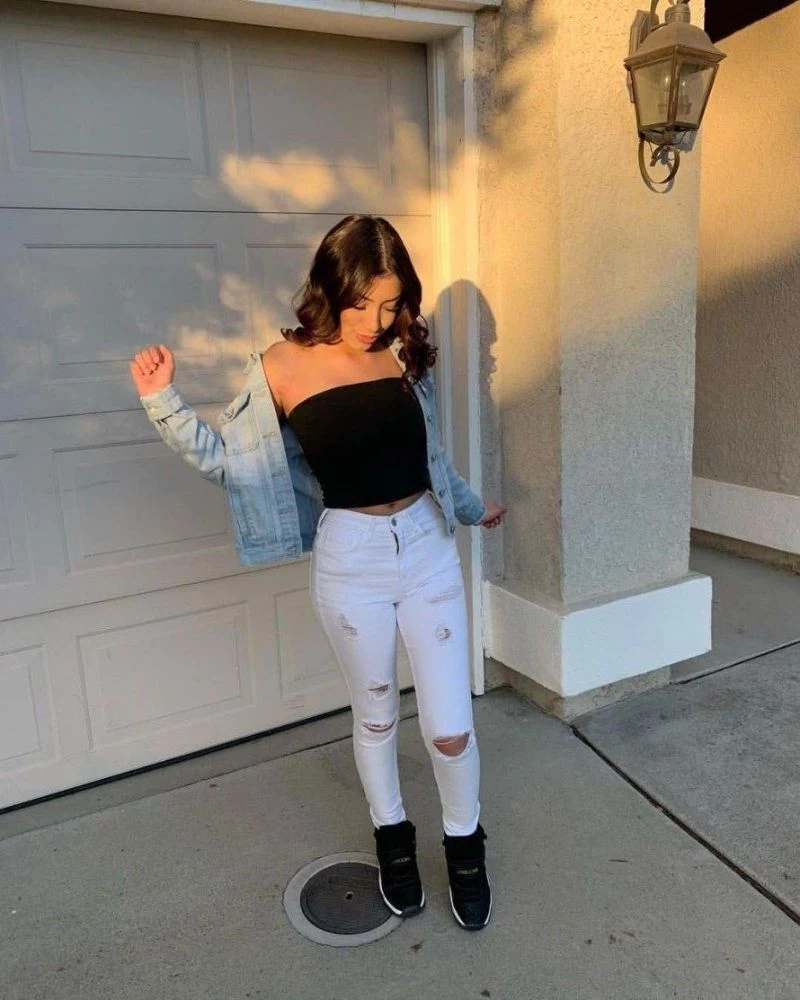
Piece 4: The Versatile Button-Up Shirt
I’m not talking about a stiff, corporate dress shirt. I mean a comfortable, versatile button-up that works for a casual Friday, a date night, or a weekend brunch. The Oxford Cloth Button-Down (OCBD) is the classic choice.
- What to look for: The fabric should be a sturdy but soft cotton Oxford weave. Look for that pattern-matching on the placket and check for quality buttons. The collar points should have a nice ‘roll’ to them, not lie flat and sad. You can find surprisingly decent ones at Target’s Goodfellow & Co. for about $30, while timeless versions from brands like Brooks Brothers or Ralph Lauren will be north of $100.
Piece 5: A Solid Outer Layer
You need a jacket that isn’t a massive winter parka or a formal blazer—something you can throw on over anything. Think of a classic chore coat, a field jacket, or even a simple bomber.
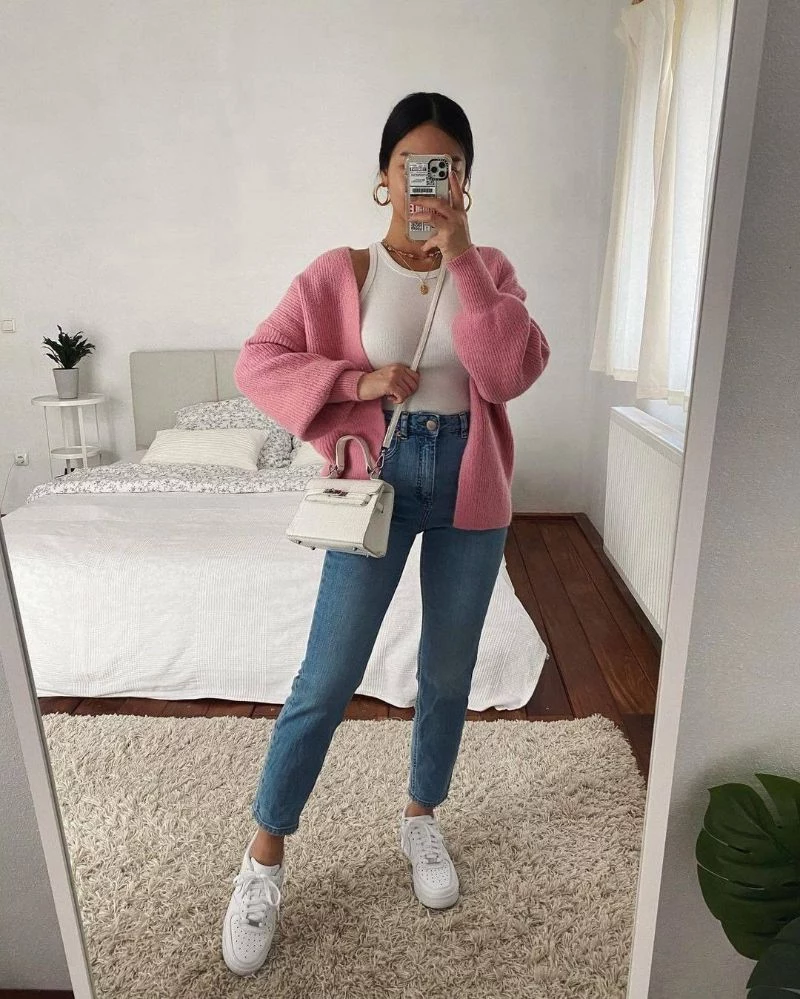
- What to look for: Durability is key. Materials like waxed canvas, sturdy cotton twill (like on a Carhartt jacket), or tough nylon are excellent choices. This piece should be functional, with good pockets and solid hardware. A brand like Carhartt offers incredible value and rugged style for around $120. More fashion-focused versions from other brands might run $180-$300, but they’ll anchor your wardrobe for years.
And that’s it. Building a wardrobe isn’t about having a closet packed with clothes. It’s about having a closet packed with options. By focusing on quality materials and a great fit with these five core pieces, you’re creating a system that makes getting dressed easy and, dare I say, fun. It’s an investment in yourself that pays off every single morning.
Inspirational Gallery
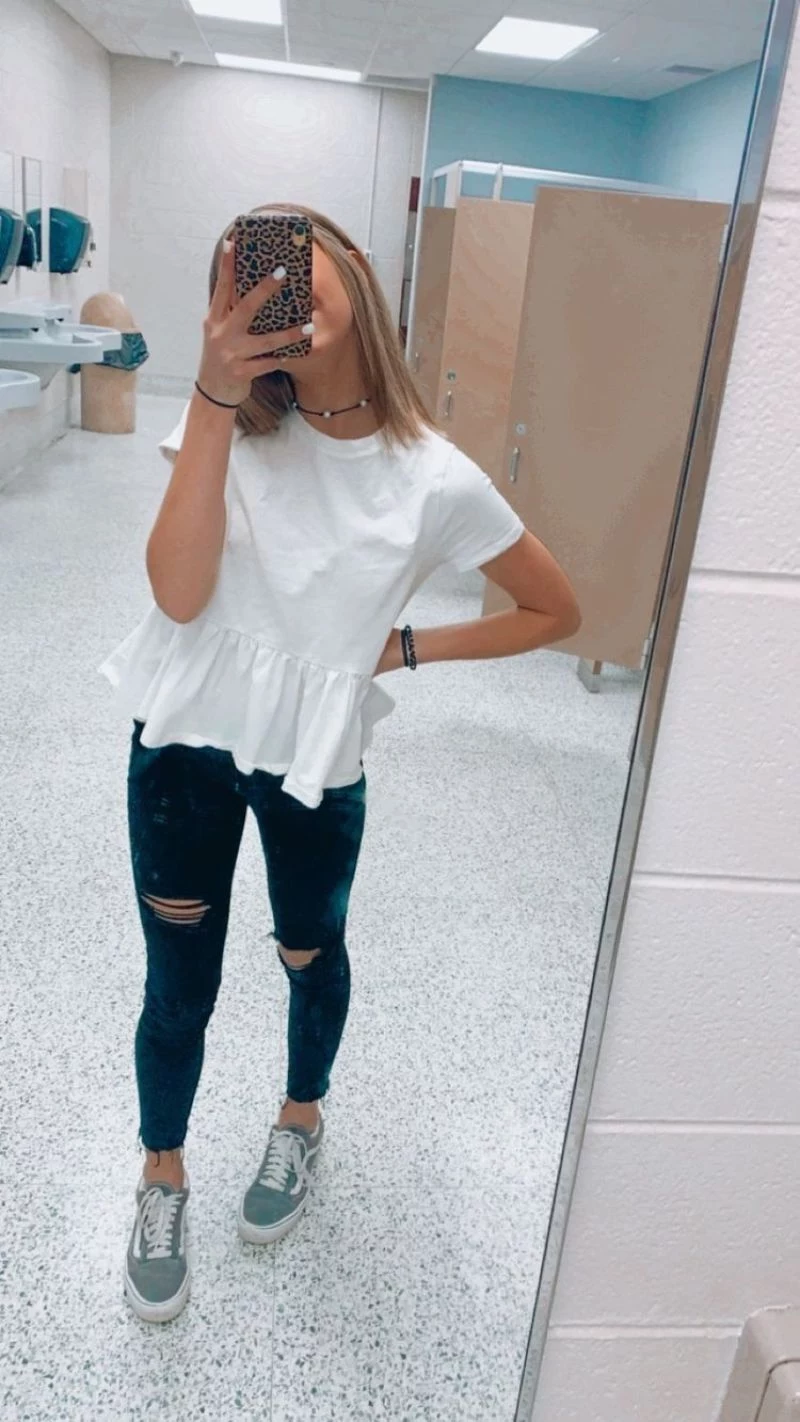
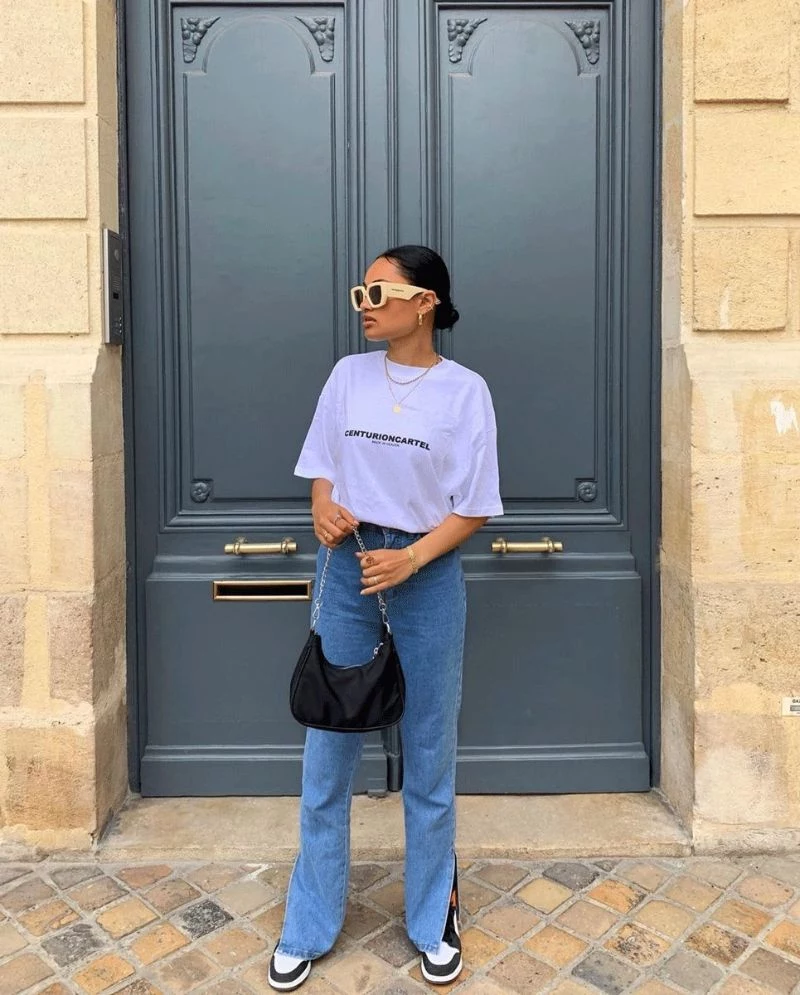
The Seam Test: Before you even look at the price tag, turn a garment inside out. Are the seams straight and dense? Gently pull on either side. If you see the thread straining or wide gaps appearing, it’s a sign of poor construction that won’t survive many washes. A well-made piece, from a Uniqlo U t-shirt to a high-end blazer, will have tight, consistent stitching that feels robust.
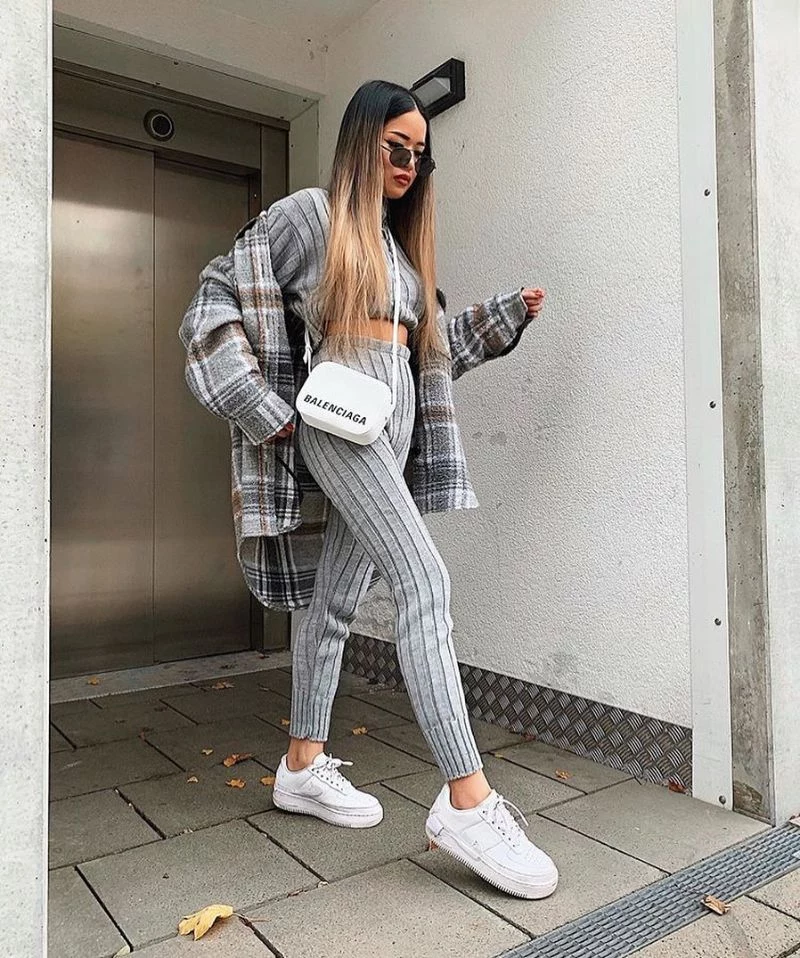
- Reduces friction that wears down fibers.
- Prevents colors, especially darks like indigo denim, from fading prematurely.
- Maintains the original shape and fit of the garment for longer.
The secret? Washing your clothes less. Unless it’s visibly dirty or sweaty, items like jeans, sweaters, and jackets can be worn multiple times before washing. Airing them out is often all they need.
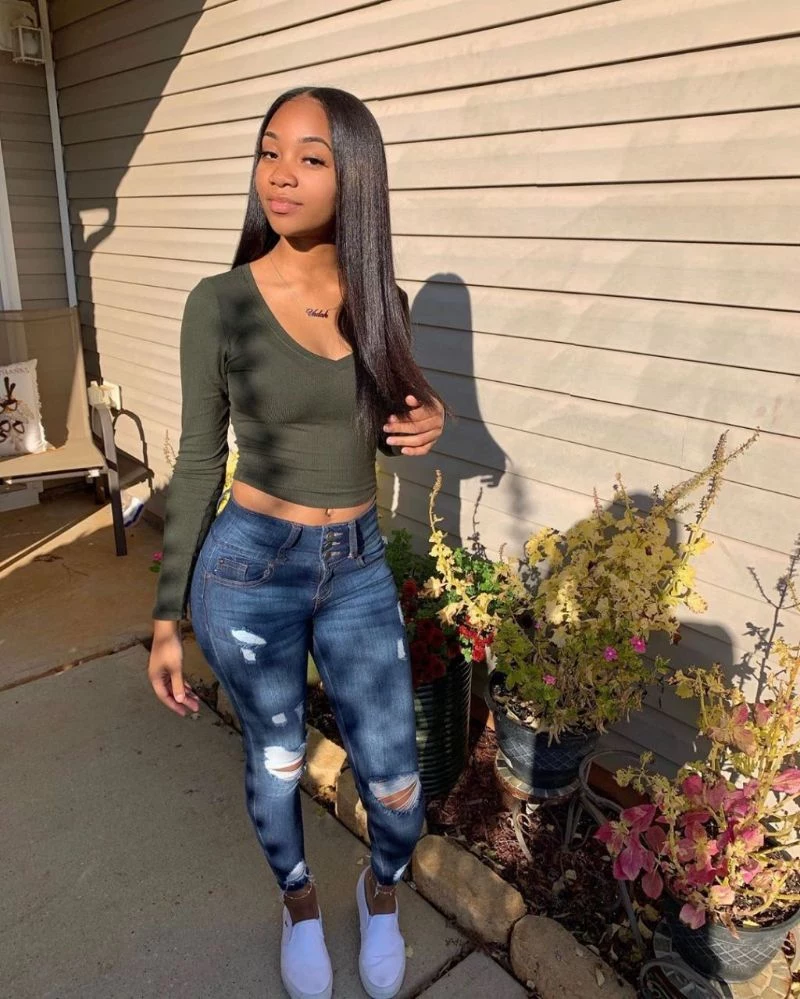
The average consumer now buys 60% more clothing items a year and keeps them for about half as long as 15 years ago.
This cycle of buying and discarding is not just a waste of money; it’s an environmental drain. Choosing one well-made wool sweater over three cheap acrylic ones isn’t just a style upgrade—it’s a conscious step away from the disposable fashion mindset. Your wallet and the planet will thank you.
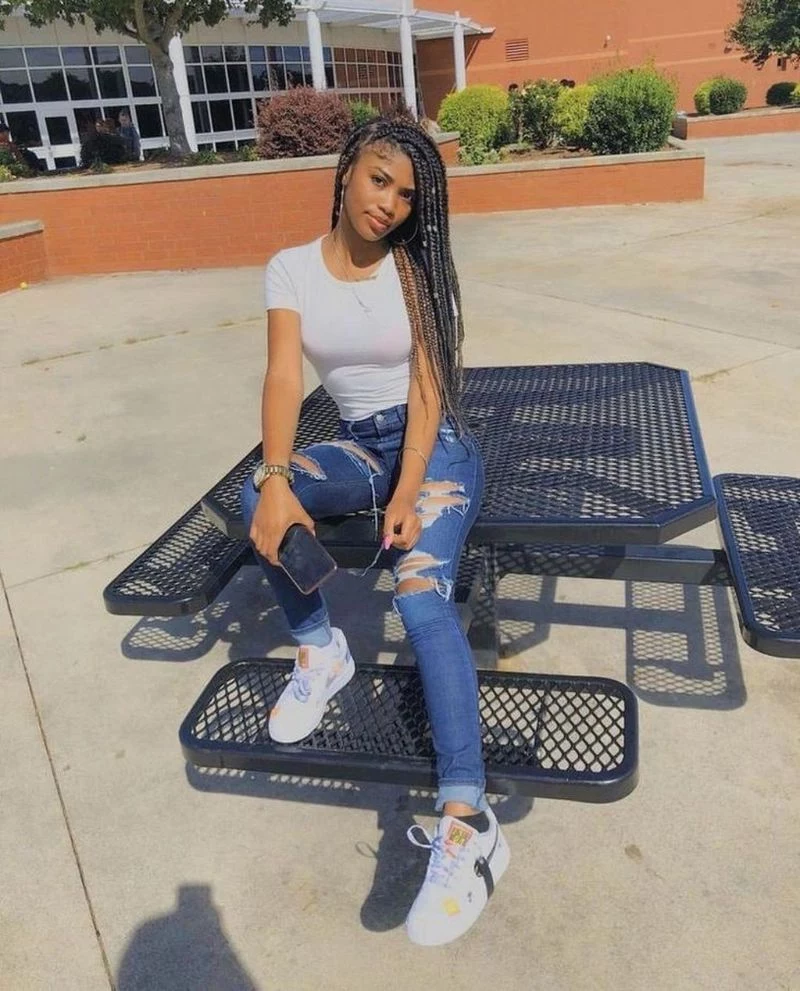
How do you calculate the true cost of an item?
Think in ‘Cost Per Wear’ (CPW). A $20 fast-fashion t-shirt that you wear 5 times before it loses its shape costs $4 per wear. A $90 high-quality jacket from a brand like Patagonia or a classic pair of Dr. Martens boots that you wear 200 times costs just $0.45 per wear. Investing more upfront in a durable, timeless piece almost always saves you money in the long run.
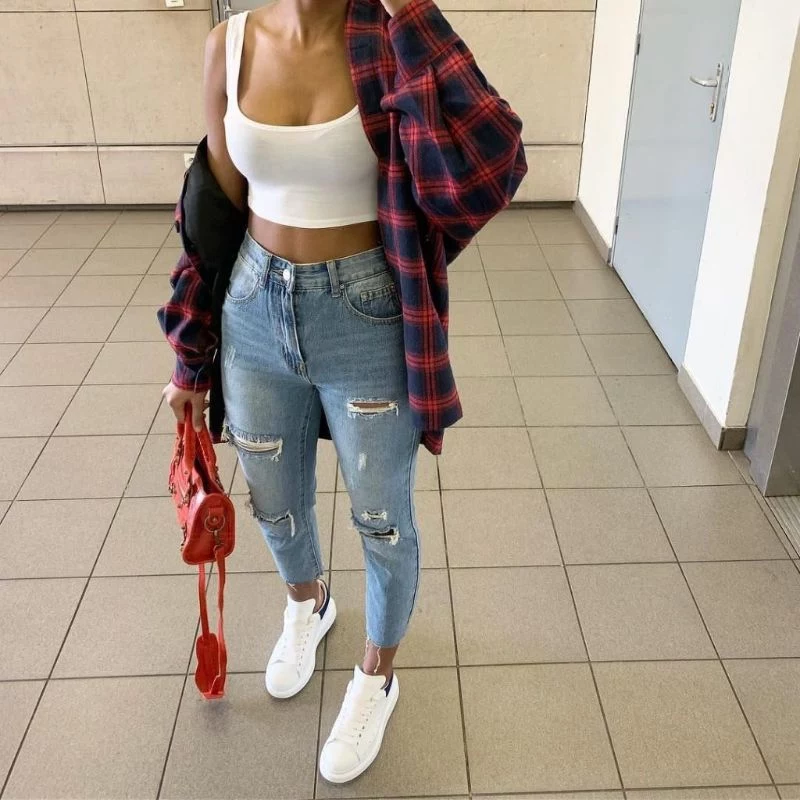
Merino Wool: The workhorse of quality knitwear. It’s breathable, temperature-regulating, and surprisingly durable. Perfect for everyday sweaters you can layer. Look to brands like Icebreaker or Smartwool for high-performance basics.
Cashmere: The pinnacle of softness and luxury. It offers incredible warmth for its weight but is more delicate and prone to pilling. A great investment for a special, timeless piece. Brands like Naadam focus on sustainable, more affordable options.
For longevity and versatility, start with Merino. For unparalleled comfort, treat yourself to Cashmere and care for it meticulously.
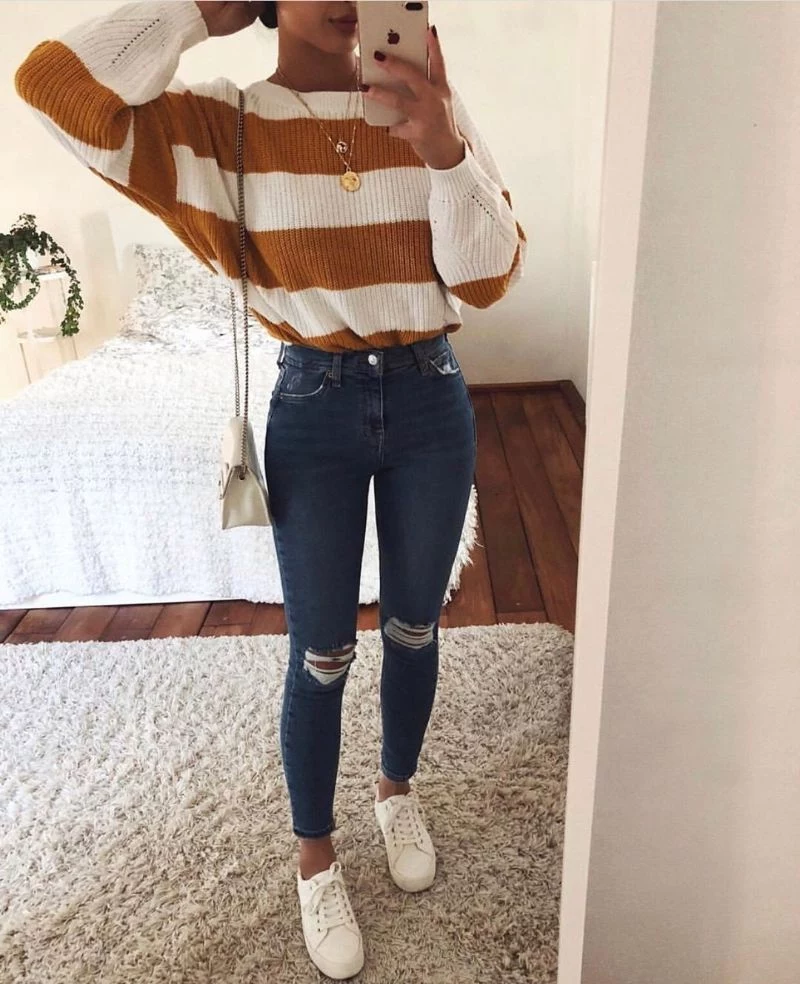
Beyond the fabric tag, the hardware on a garment tells a story of its quality. Zippers are a great indicator. Look for smooth-gliding, sturdy metal zippers from trusted manufacturers like YKK—their logo is often discreetly stamped on the pull. A flimsy, plastic zipper that catches or feels gritty is a major red flag for the overall construction of the piece.
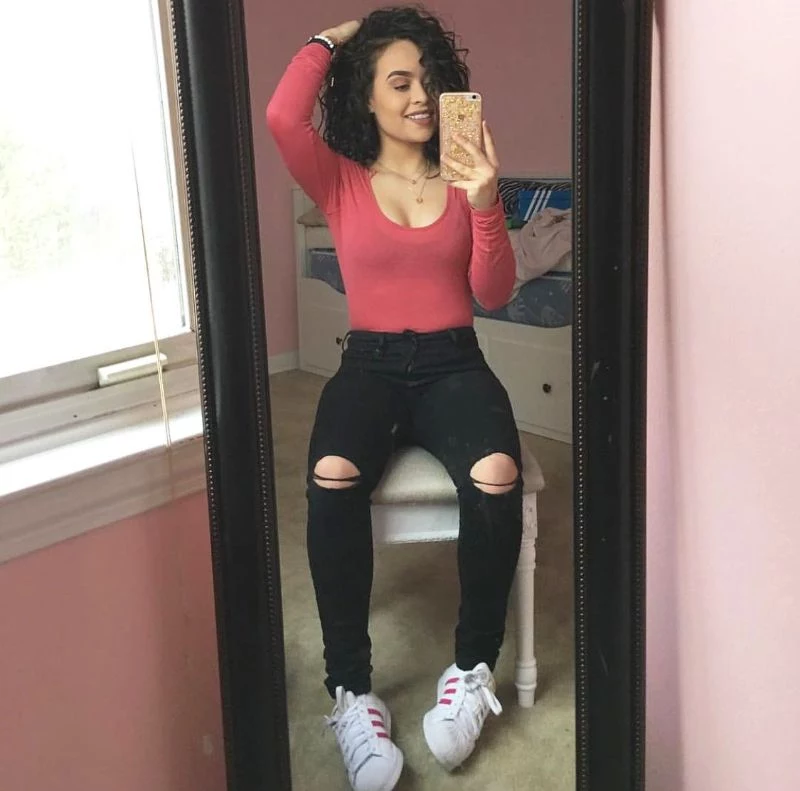
Think like a tailor, even if you can’t sew. A simple ‘Mending Kit’ can dramatically extend the life of your favorite clothes.
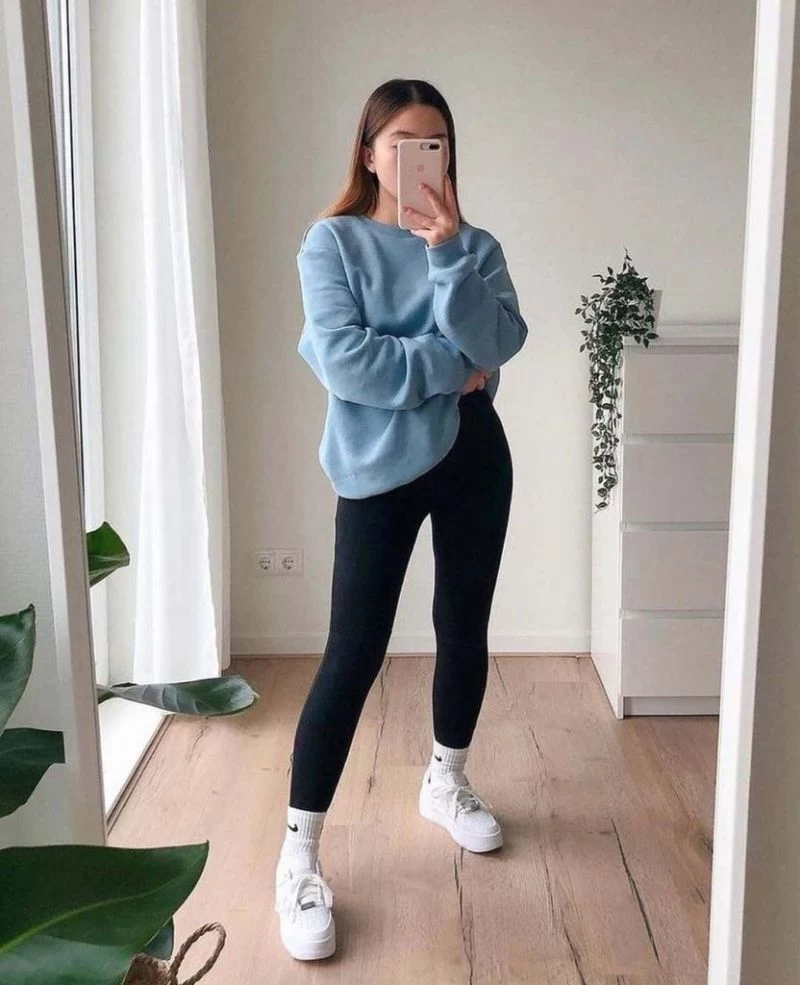
Embrace the philosophy of the ‘Capsule Wardrobe’. The goal isn’t restriction; it’s freedom from decision fatigue. By curating a small collection of high-quality, interchangeable pieces, you create more outfits with less clutter. A typical foundation includes:
- A perfectly fitting pair of dark wash jeans (like Levi’s 501s).
- A classic white t-shirt in Pima cotton.
- A versatile blazer or trench coat.
- A neutral-colored cashmere or merino wool sweater.
- A pair of leather boots or minimalist sneakers.
- Thoroughly inspect for tiny holes (moths love natural fibers like wool and cashmere).
- Check high-wear areas: collars, cuffs, and underarms for stains or thinning fabric.
- Always look for quality brands from the past; older pieces from brands like Pendleton or L.L. Bean were often made to a higher standard than their modern counterparts.
- Ignore the size on the tag; vintage sizing varies wildly. Try it on or measure it.

